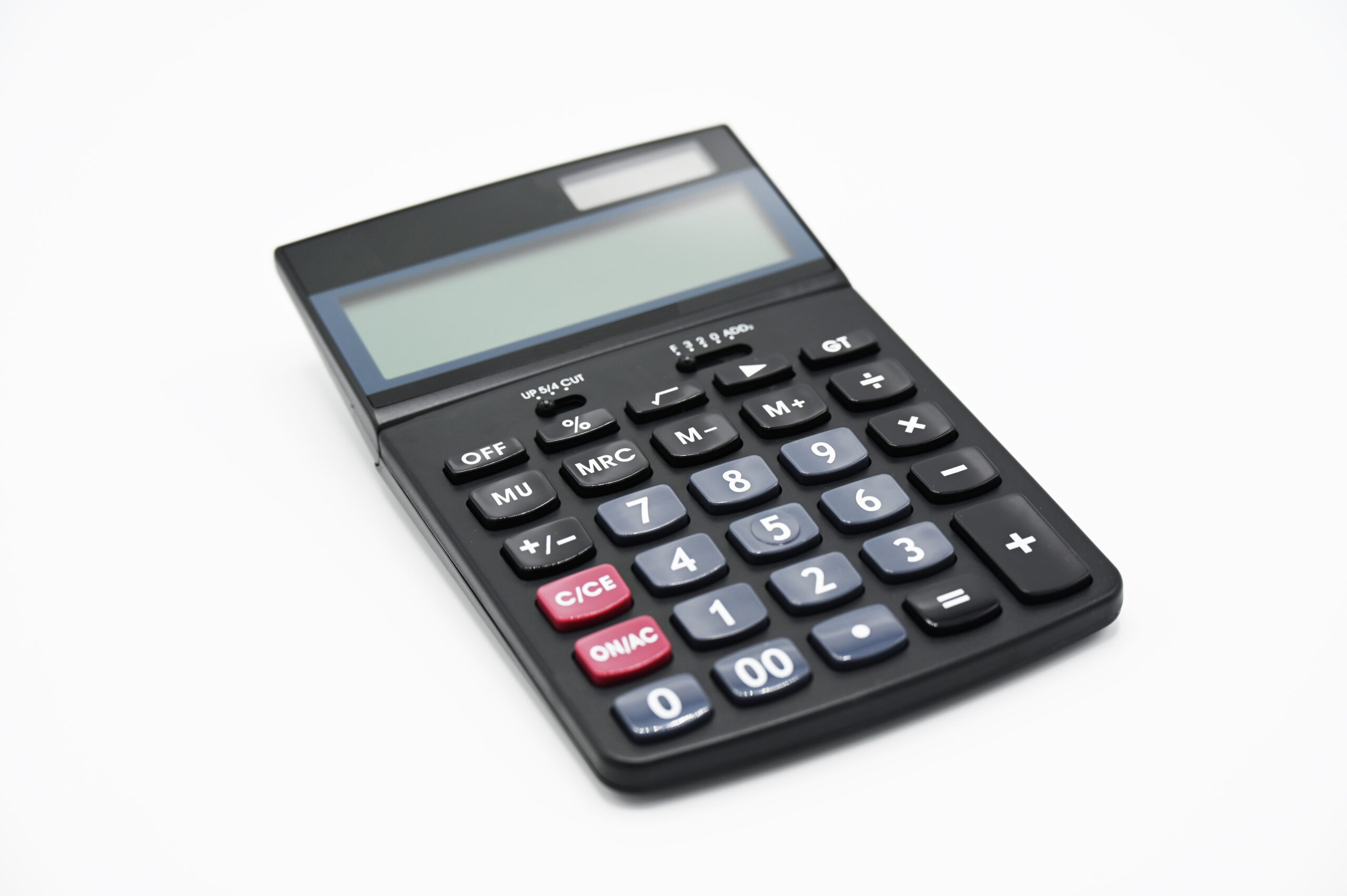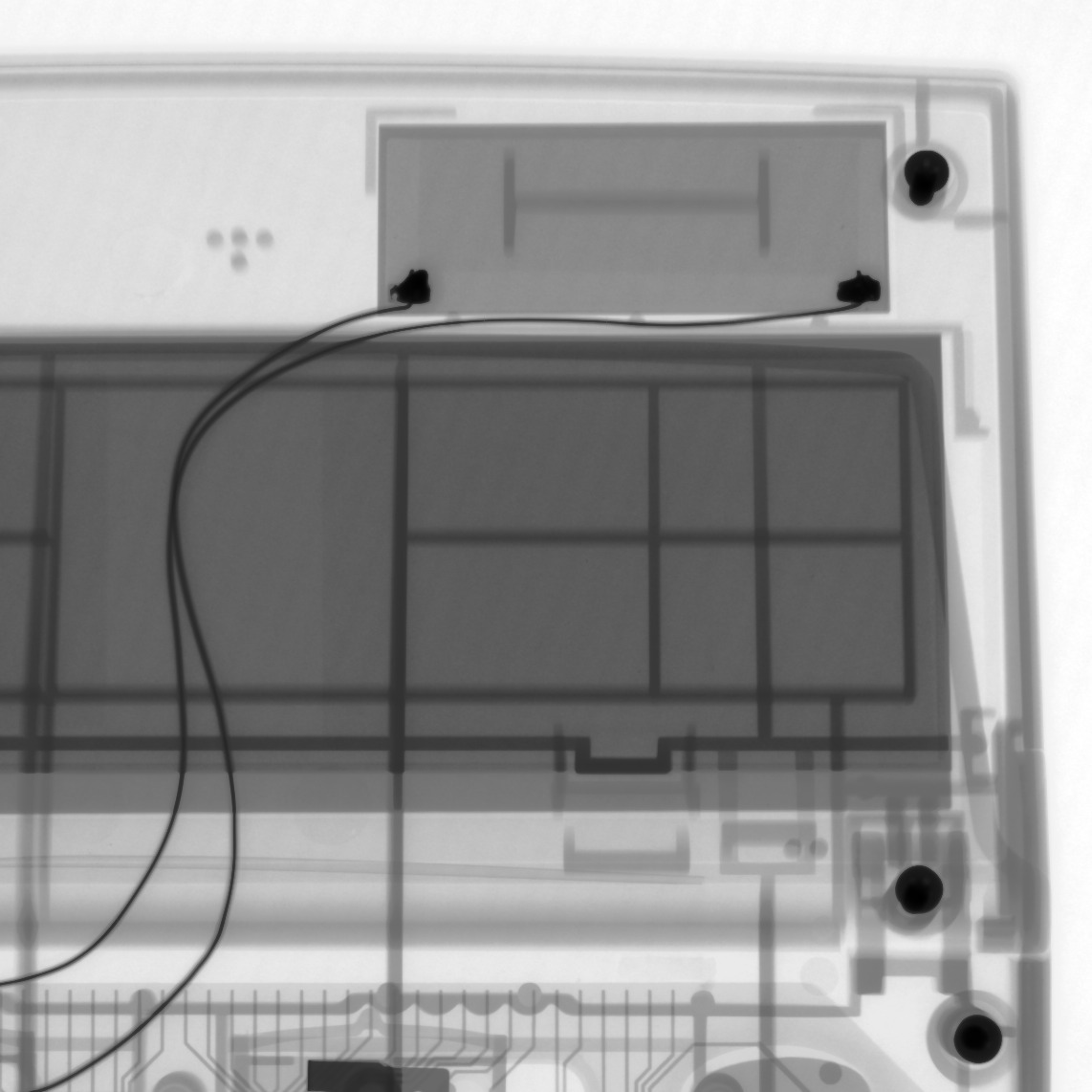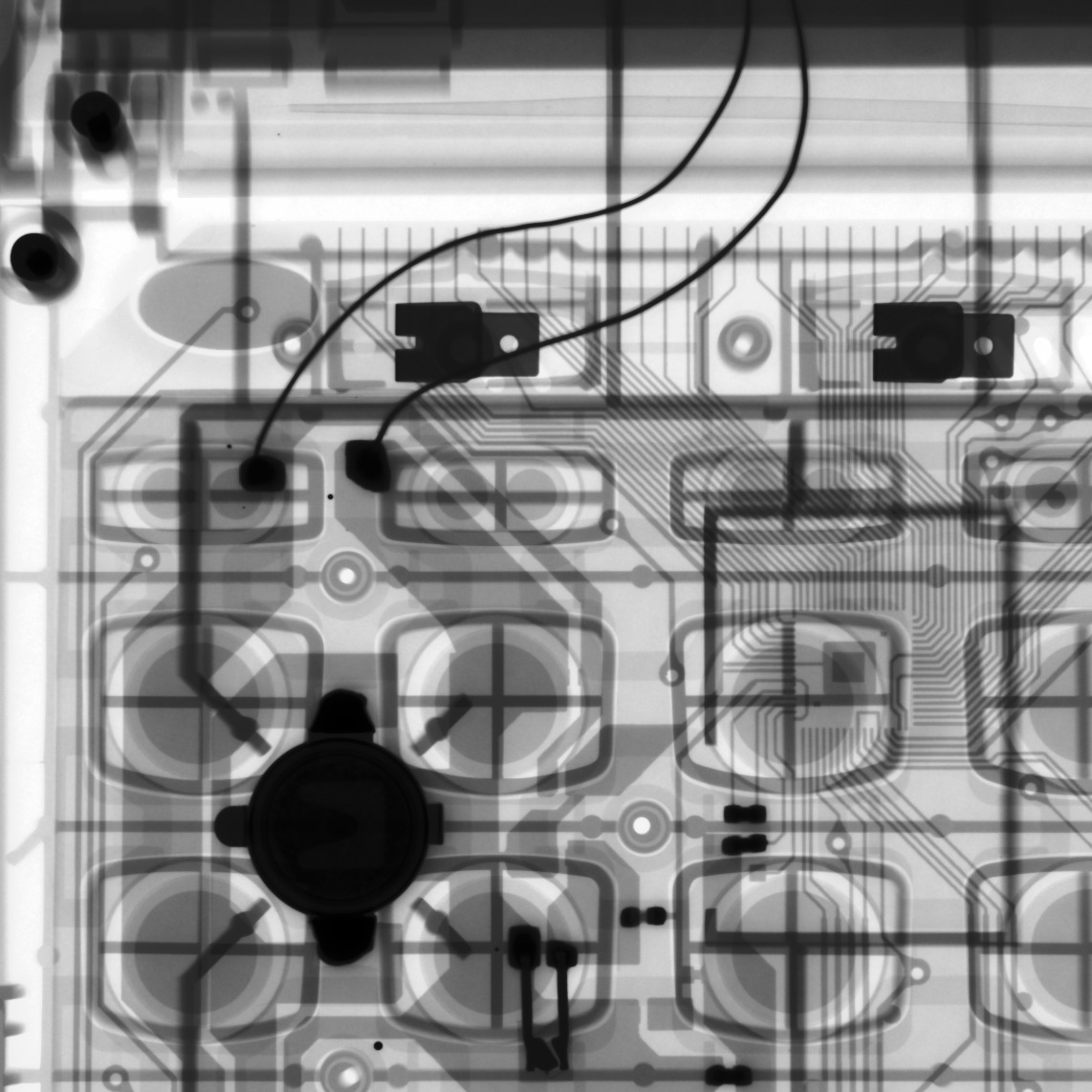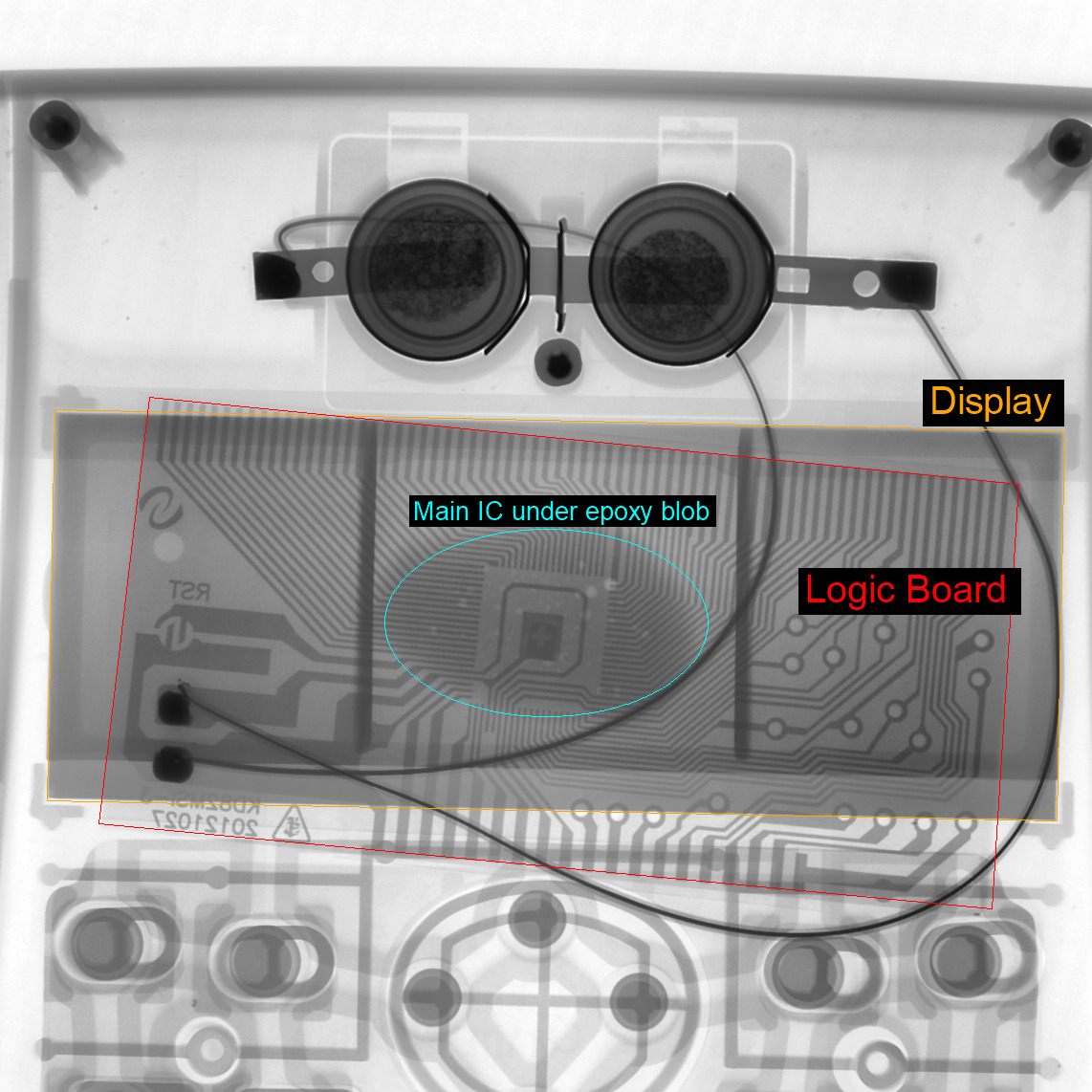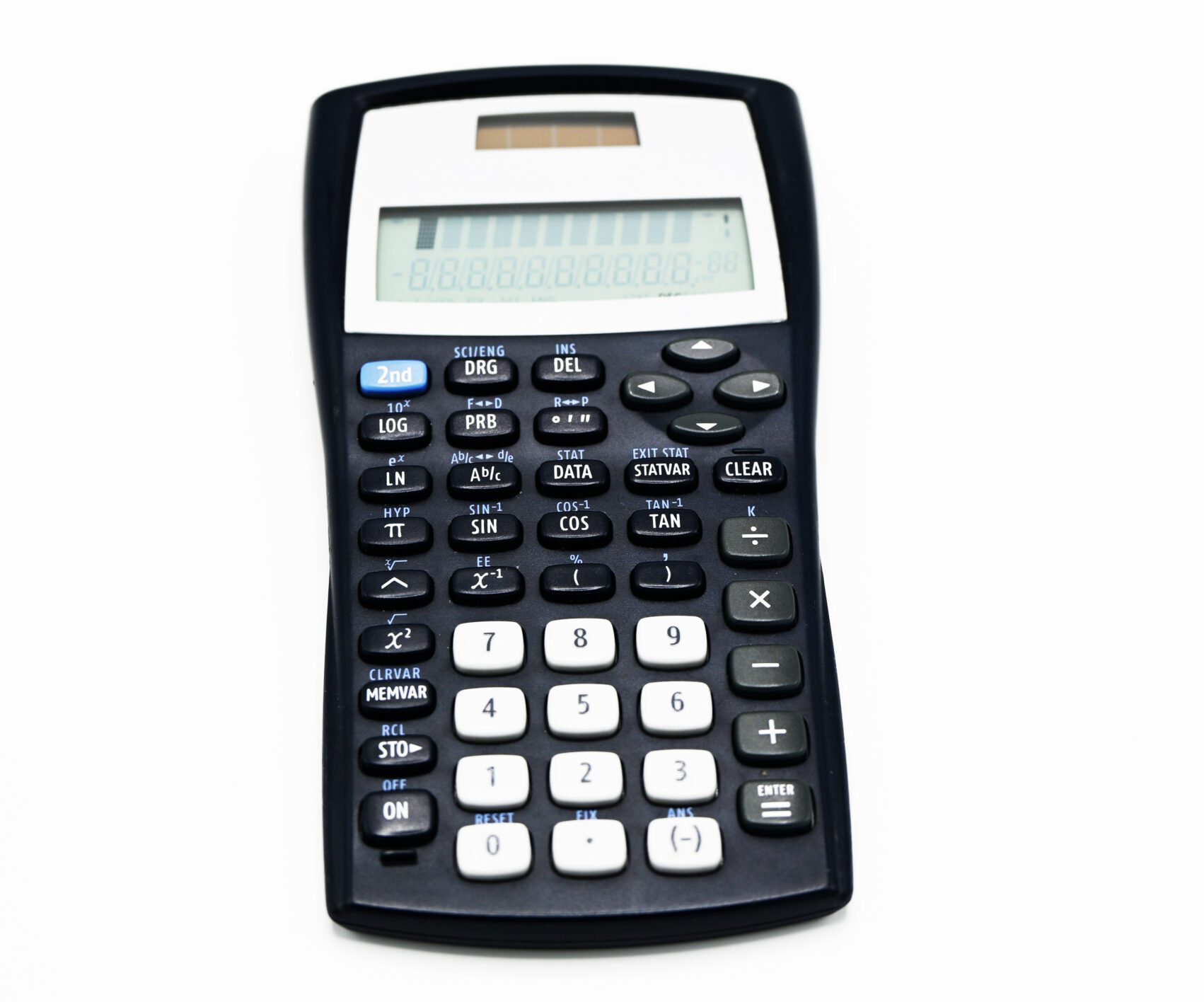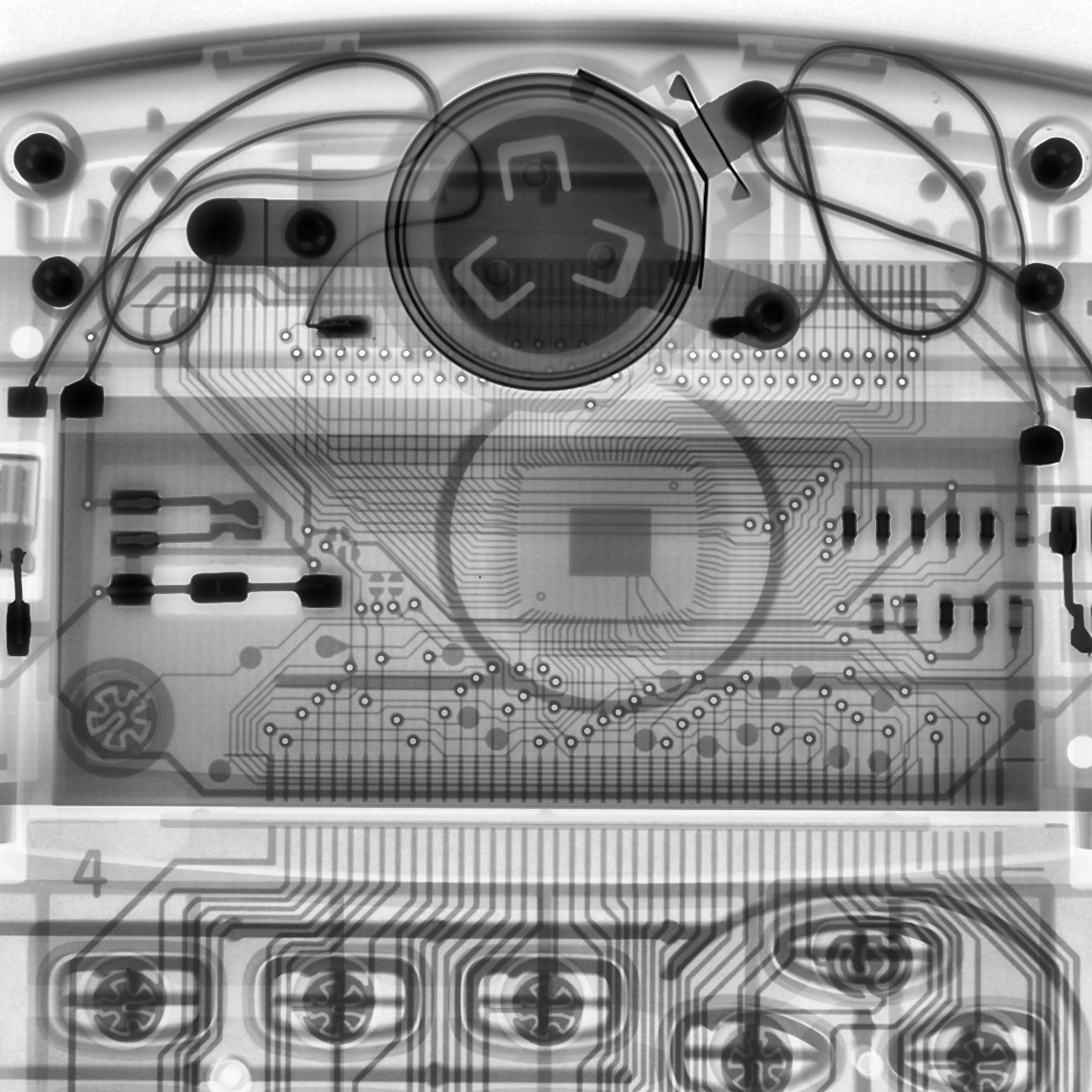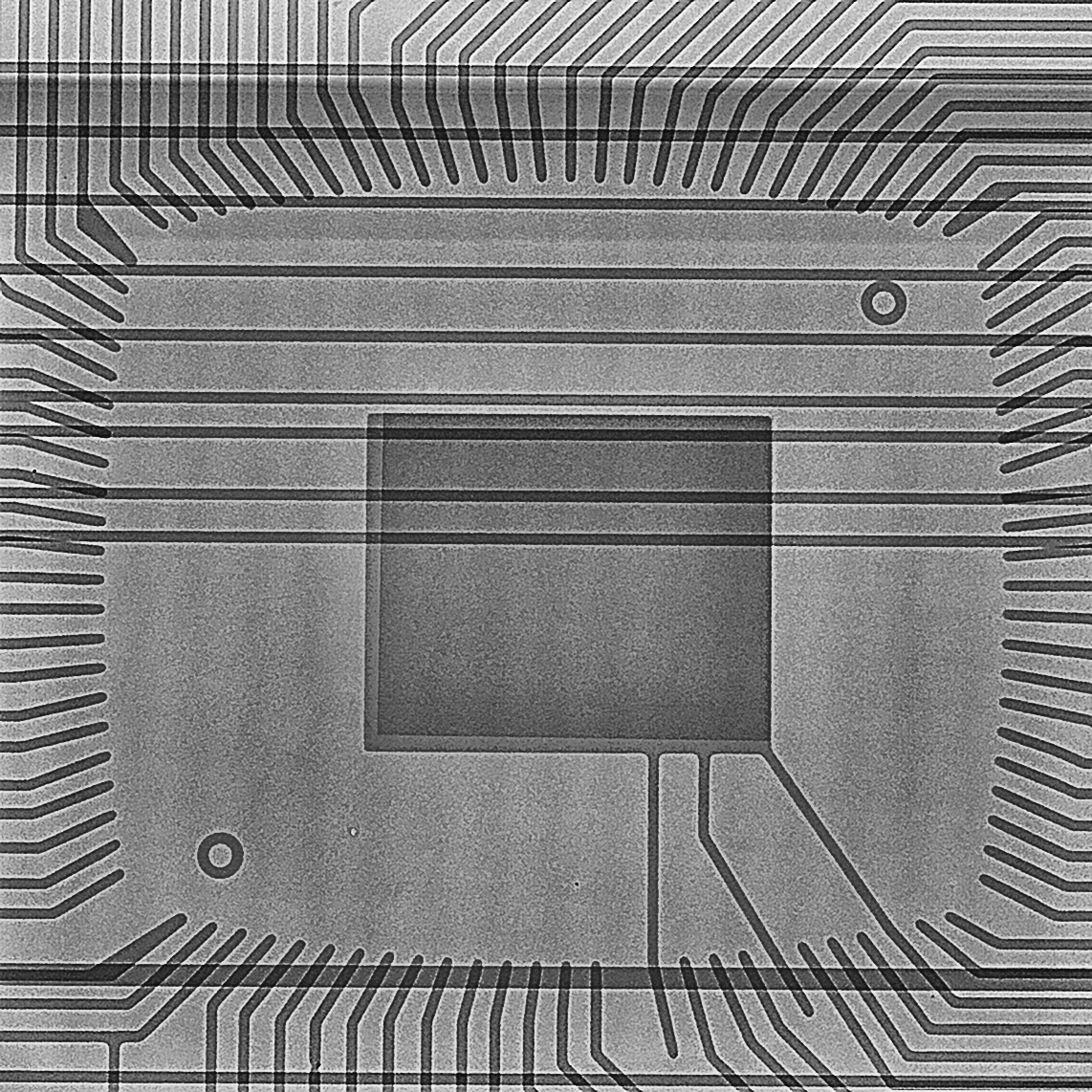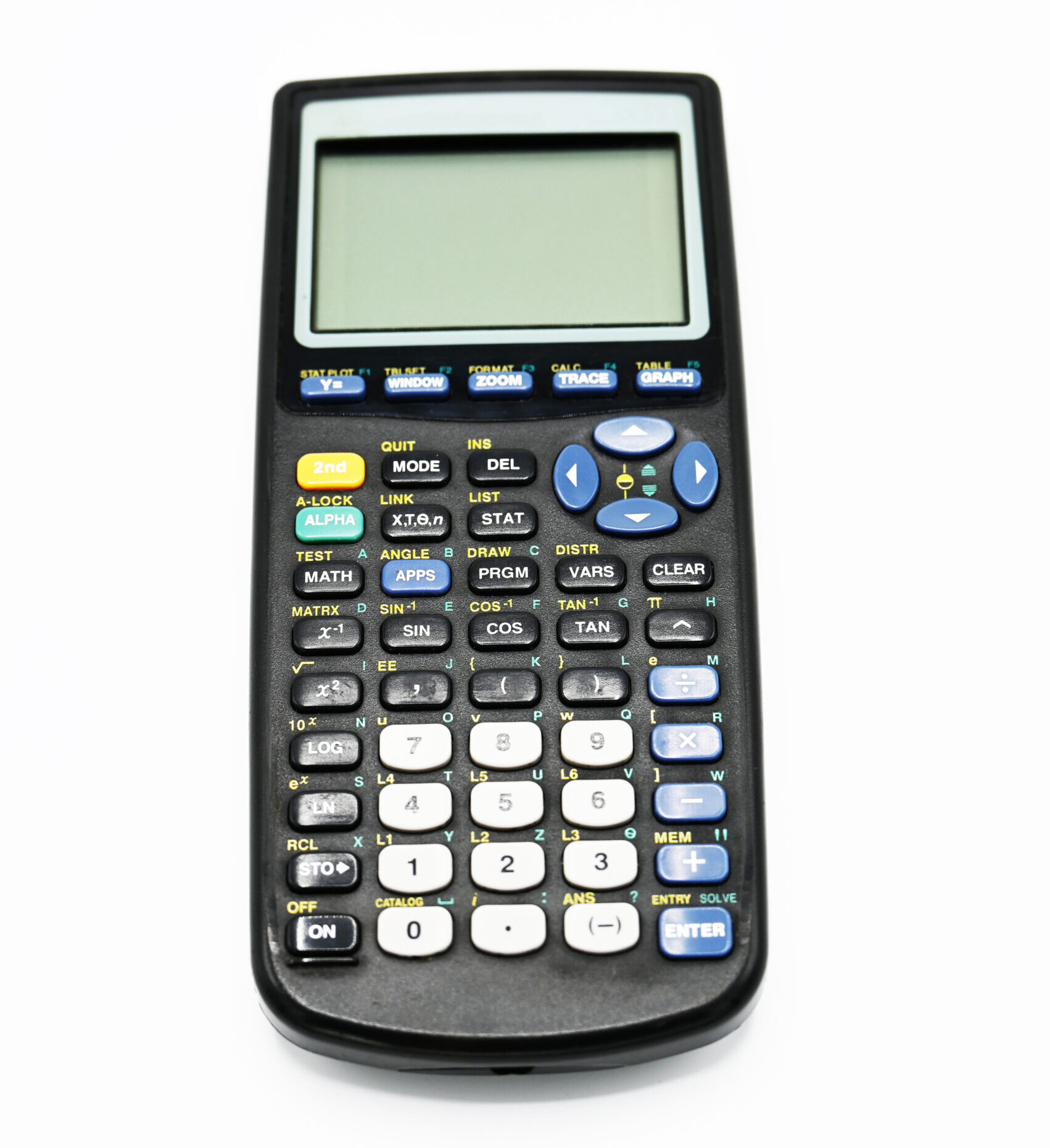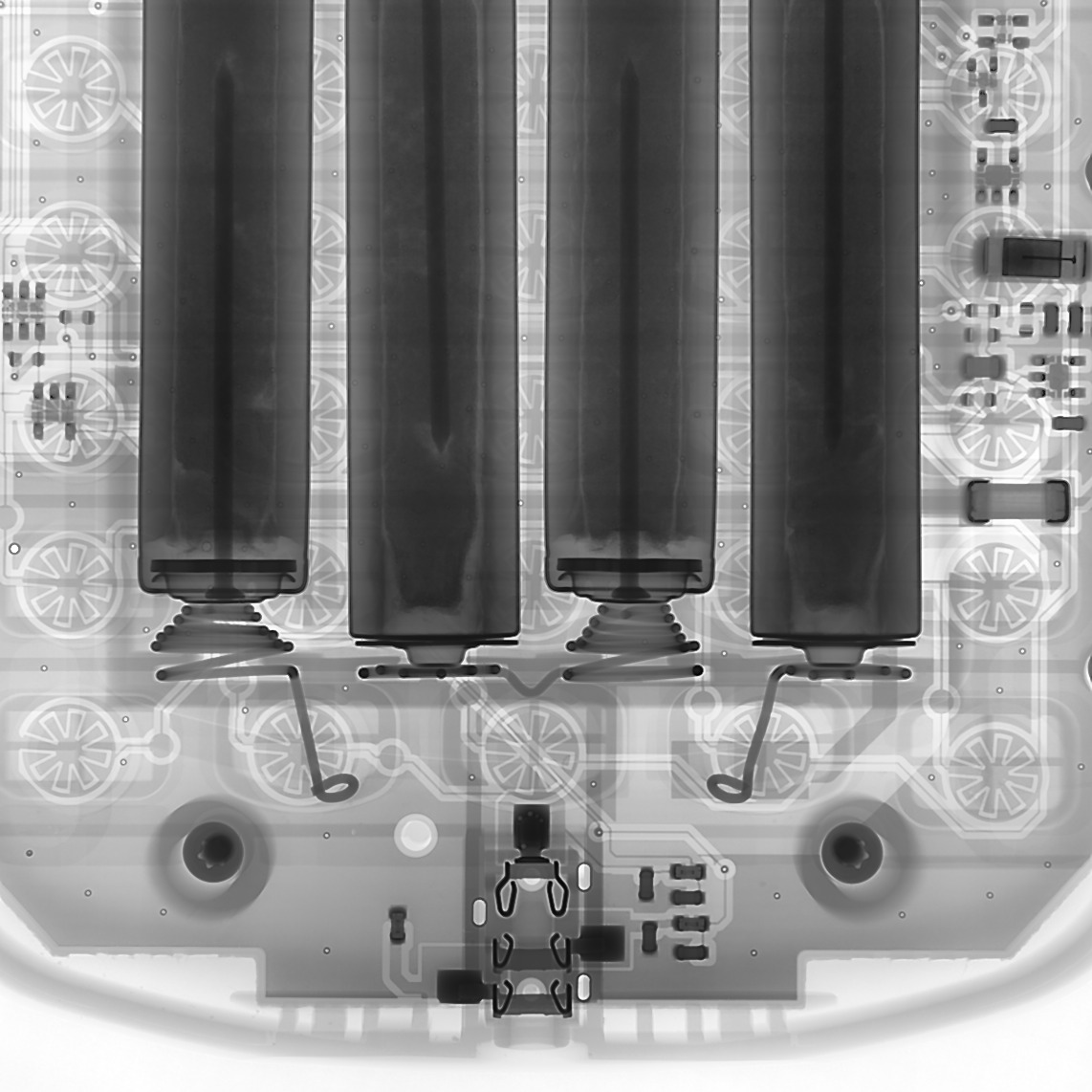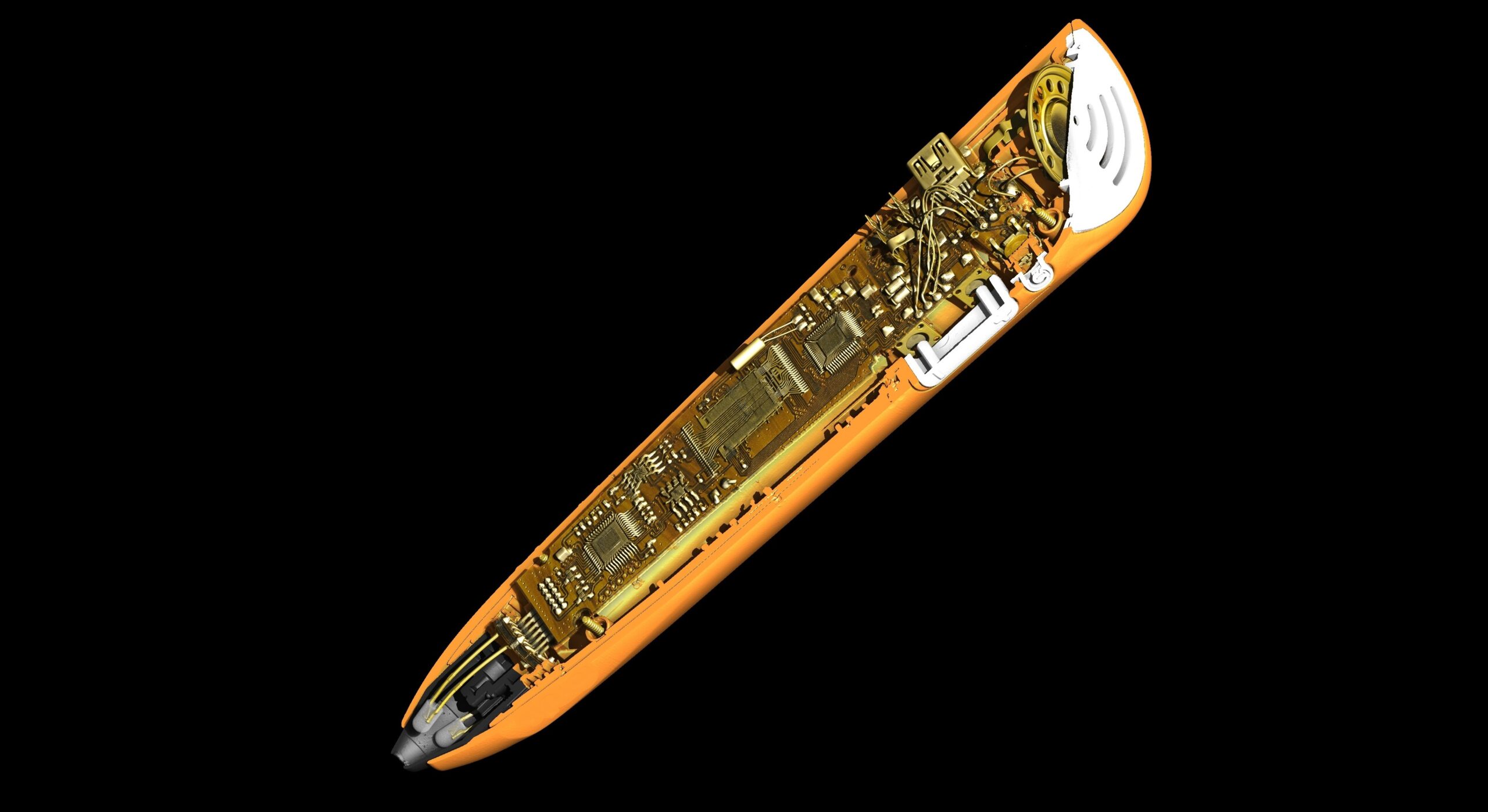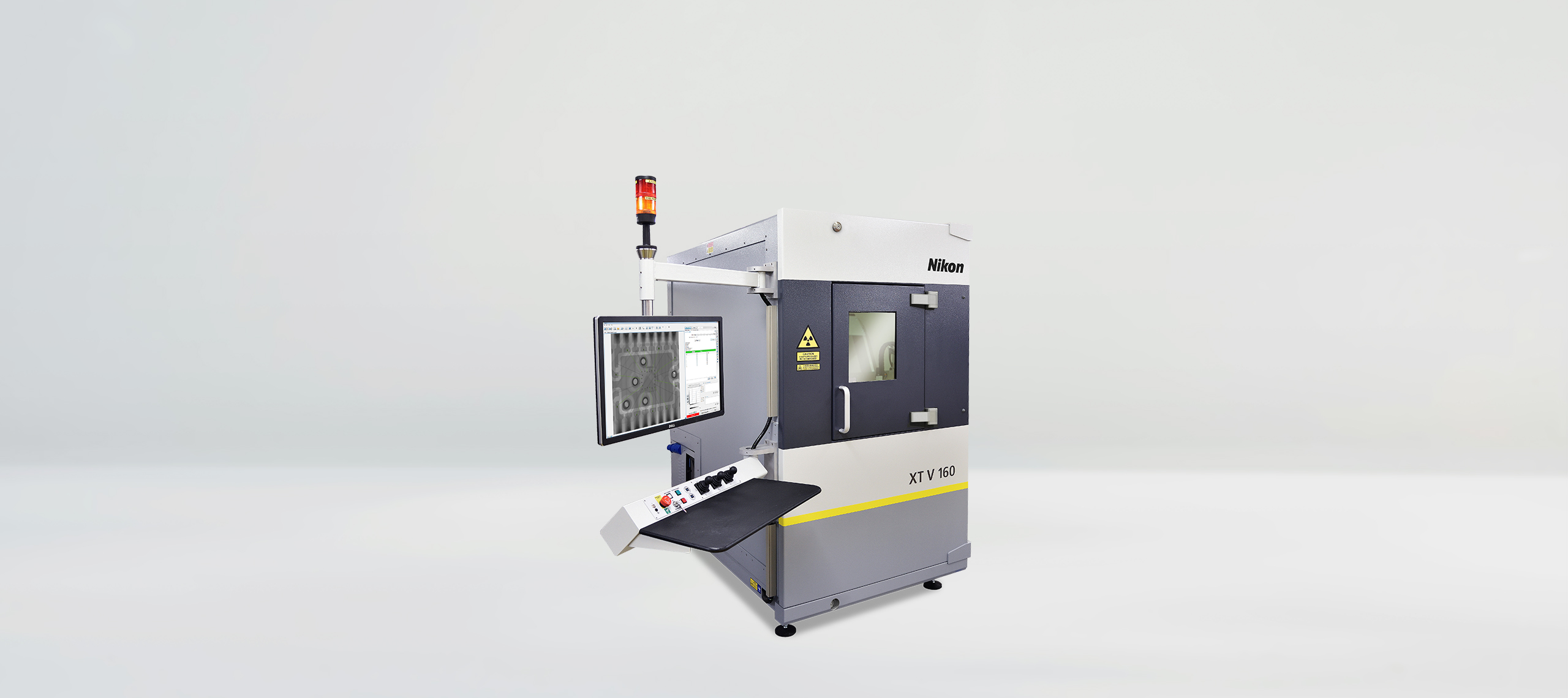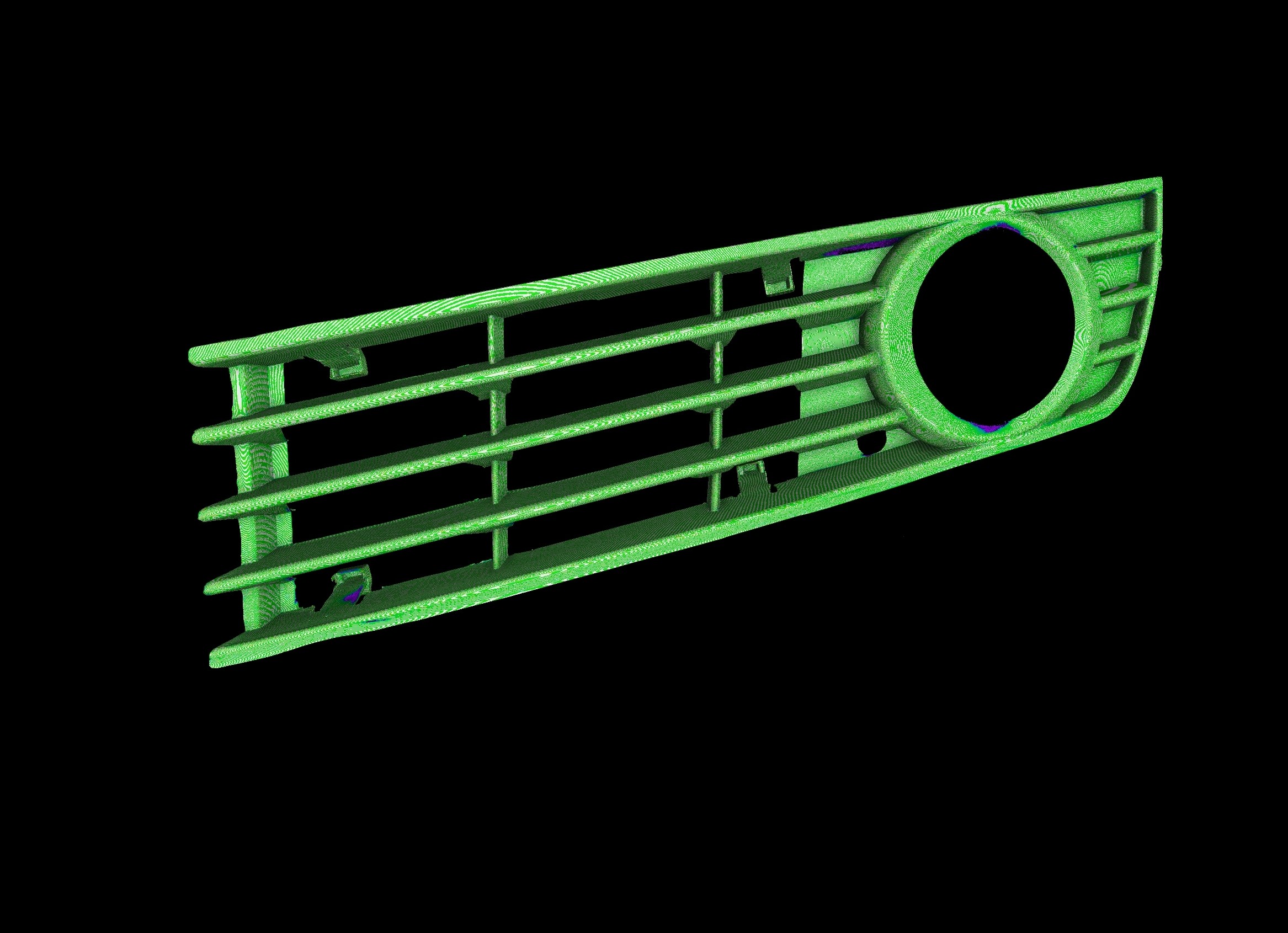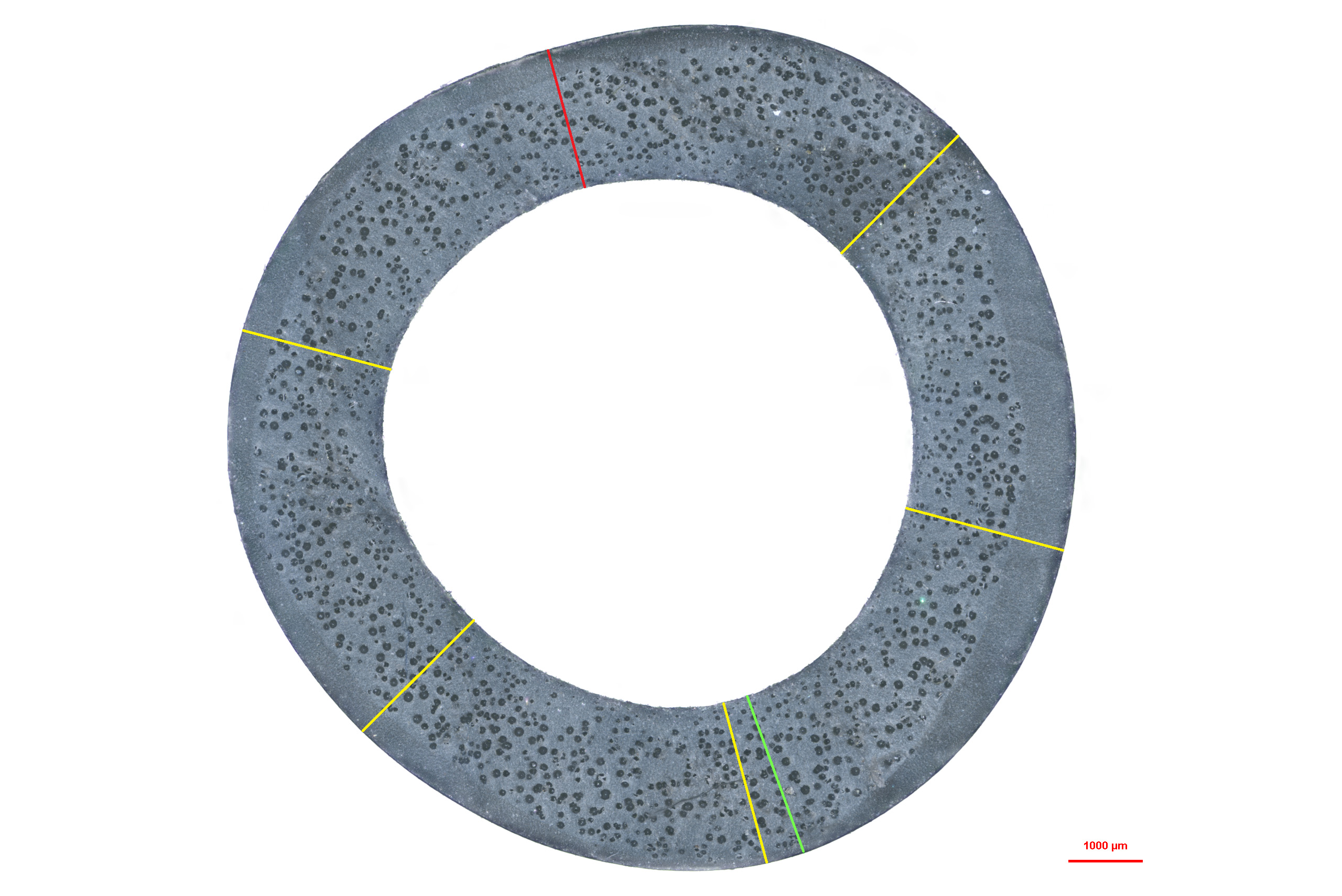On November 17th, students and schools worldwide observed International Students’ Day. This commemoration has its origins in a 1939 protest against Nazi occupation when nine Czech students tragically lost their lives. Their sacrifice sparked a movement to uphold students’ rights and expand access to education globally.
Since then, November 17th has been a date to reflect on the power of student advocacy and unity worldwide, and we wanted to celebrate this important day by scanning four different used calculators.
The calculator has evolved over generations into an indispensable educational aid. Invented by French mathematician Blaise Pascal in 1642, the mechanical “Pascaline” marked the genesis of this device. It was not until 1967 that Texas Instruments unleashed the first handheld electronic calculator.
Now highly advanced and multi-functional, calculators remain vital across diverse fields. These continually advancing tools assist with various tasks, from complex math and graphing functions to statistical analysis.
Whether in academia, finance, science or engineering, the calculator’s ongoing development and refinement has been essential to meeting users’ and students’ growing needs.
A calculator consists of several key components:
- An input interface (this includes the buttons that users press to input numbers, operators and functions)
- A processor (that performs calculations and execute commands)
- A memory (to temporarily store numbers and perform complex calculations)
- A display screen (to show the input, calculations and results to the user)
- A power source (batteries, solar power or both)
- Circuitry and components – as you will see in the scans below there are various electronic components inside a calculator, such as integrated circuits, capacitors, resistors and more, which form the internal circuitry that enables its performance.
Sergei Kolobov, Nikon Application Engineer X-ray CT, scanned the inside components of four calculators (one regular office calculator and three scientific calculators) by using an XT V system in order to visualise the electronic components.
We generated radiographs and processed the images by using High.Contrast filter and showcase the accuracy of the components such as bond wires, voids and even inconsistencies in plastic material. We used 160kV for acceleration voltage and 10W of power.
This, in combination with a very fine focused beam and short exposure time of 125ms, allows us to obtain sharp images at very high speed.
- Normal office calculator
- Basic scientific calculator
In the radiography of the inside of this calculator, we noticed a shift between the display area and the entire logic board, which explains that this individual calculator is defective.
- Intermediate scientific calculator
The PCB houses and connects all electronic components within the calculator. We clearly see the internal wiring and electronic components that facilitate the flow of data and power.
4. Advanced calculator
Typically, calculators are powered by standard AAA batteries, known for their high energy density and relatively longer life compared to other types of batteries.

